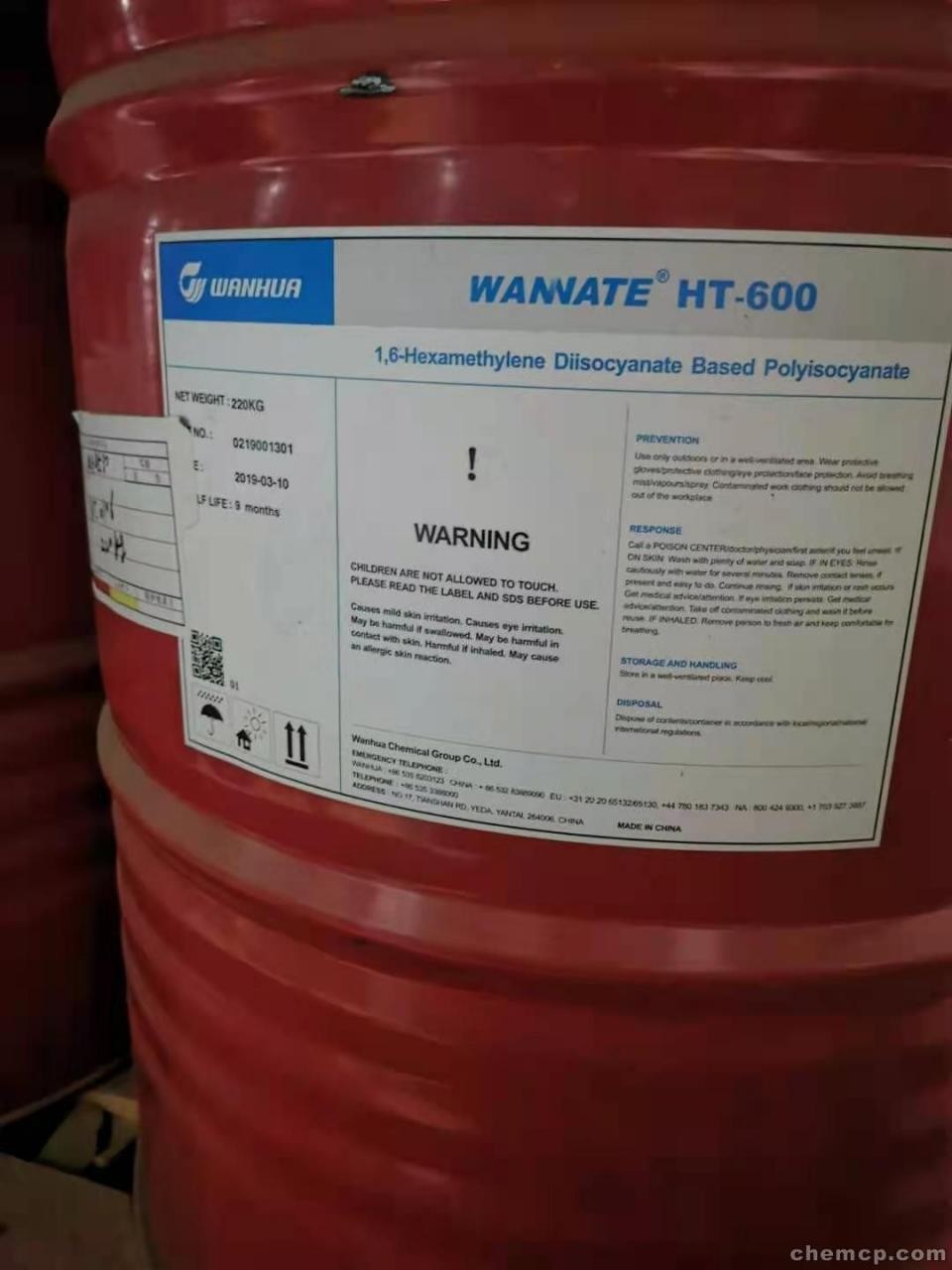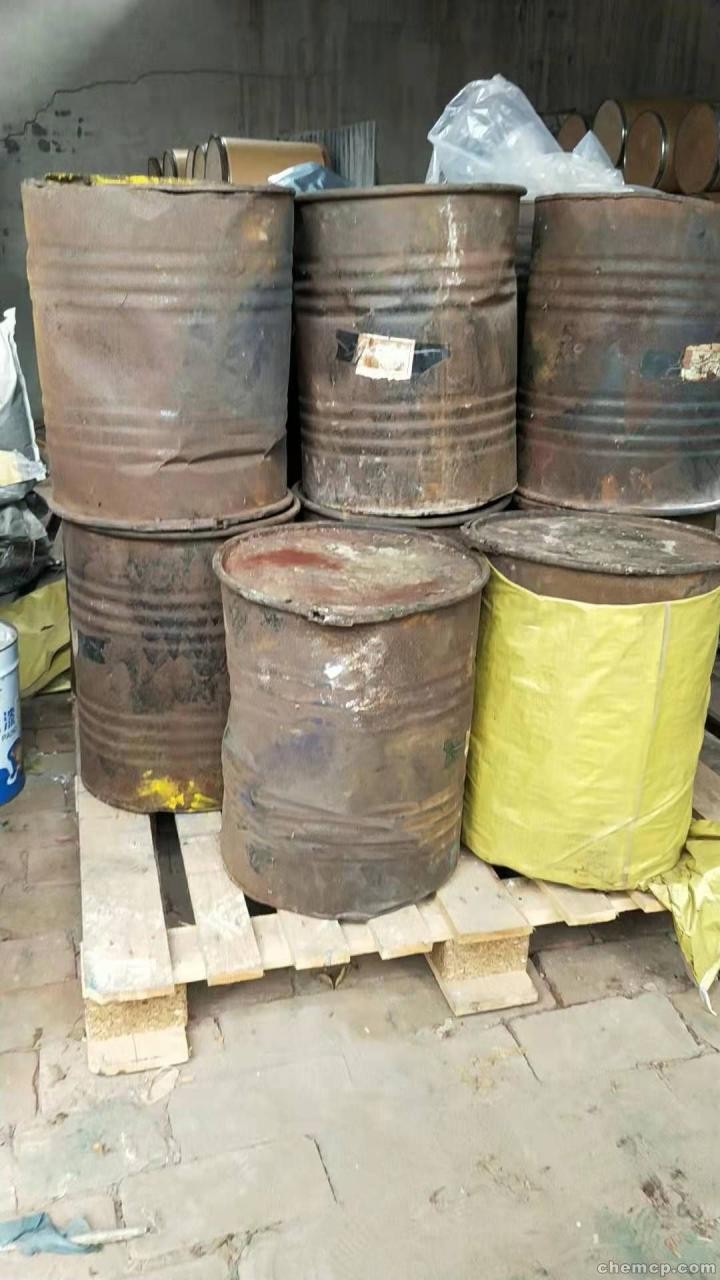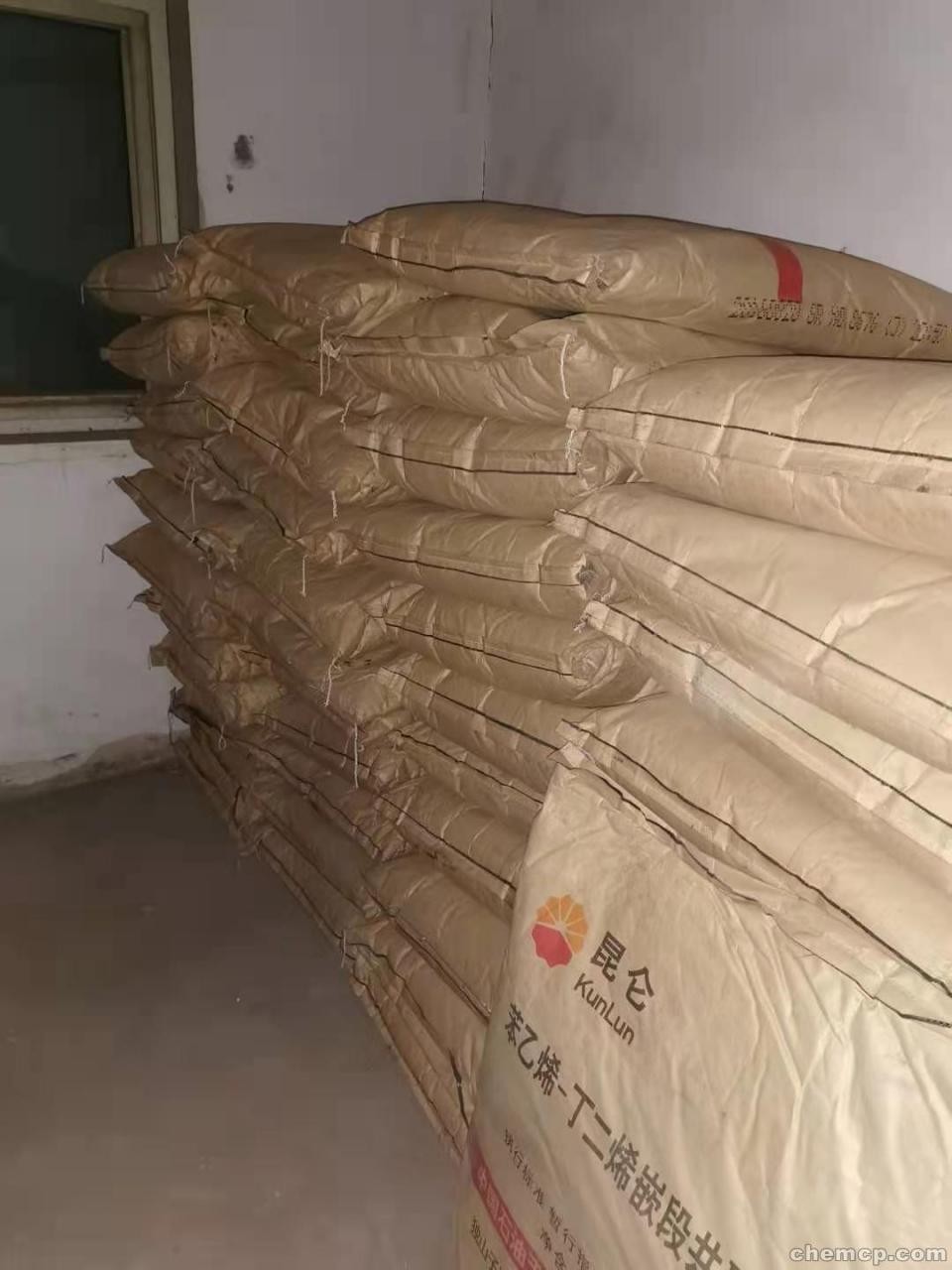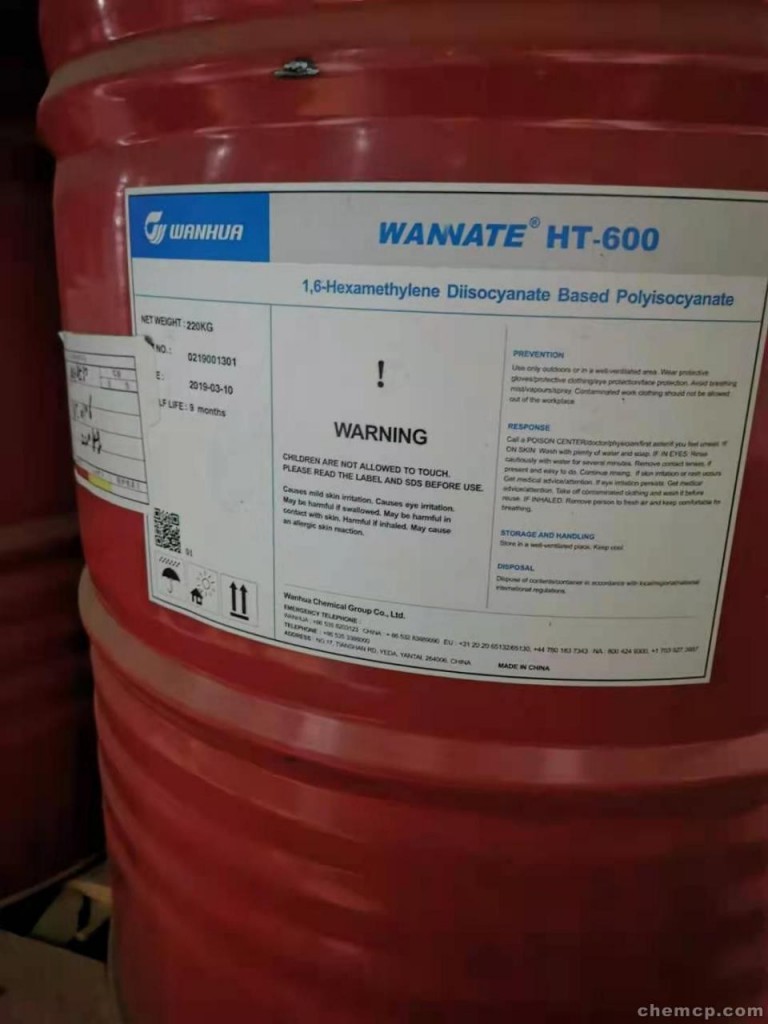jinzhou factory recycles high-priced acrylic polyurethane paint
can a chemical raw material recycling factory accept a small amount? we recycle a wide variety of resins, no matter how large or small we recycle resins, we recycle resin products, we come to our door, and we collect high-priced cash from all over the place.
bokai chemical trade recycling company specializes in the recycling of chemical products that are fully recycled, such as chemical raw materials, dyes, pigments, paints, rubber, waxes, chemical additives, chemical metals, etc.
our company serves every customer attentively and guarantees the quality of every acquisition process. caring for the environment is the responsibility of each of us. the waste of resources is a shameful behavior. promoting the recycling of chemical raw materials and dyes is an important mission of our company.

we will continue to uphold the tenet of “one cooperation and mutual trust, multiple cooperation and mutual benefit”, and look forward to cooperating with you! high-priced door-to-door recycling, unlimited quantity, you are welcome to visit at any time, call for consultation, and create and develop together. we seek common development with customers.
recycling dyes manufacturer bokai chemical trade recycling company said that acid dyes are widely used in fabric dyeing and people often use them, but the color fastness of these dyes is usually very poor. recycled dye manufacturers say that some users repair dyes that meet the standards. however, we need to pay attention to certain things that need to be paid attention to when fixing dyes. let us take a look!
jinzhou factory recycles acrylic polyurethane paint at a high price

pure pa emulsion has the defects of poor wear resistance, water resistance and chemical resistance, high solid content, and limited application range. pu and pa have complementary effects in nature. pua composite emulsion has the advantages of both, it has the characteristics of wear resistance, corrosion resistance and brightness, elasticity, water resistance, good mechanical properties, and good weather resistance. therefore, it is known as the third generation of waterborne polyurethane and has become a development of today’s coatings. trend. the coating can make up for the lack of performance of water-based coatings and maintain the superior performance of solvent-based coatings. it can also affect the impact of paint on the environment. taking into account both performance and environmental protection, this problem is better solved. the coating system uses petroleum-based low-polarity solvents with low odor and low properties as diluents.
applicable technical guide: it is applied to dye nylon fiber with acid dye, and then process the dyed product. after dyeing nylon fibers with acid dyes, the dyed product can be treated with nbs to improve its wet fastness, especially to water, sea water, washing, and sweat. the fastness can be significantly improved. similar to all such additives, the degree of improvement in fastness varies depending on the dyeing method and fiber.
to
concentration of acid dye: 1.0-2.0% (owf) nbs (calculated by weight of cloth), after dyeing nylon fiber with telonl, supranol or other selected acid dyes, rinse with soft water, and then dye the dyed product with nbs at ph4.5, 70-80°c, 20-30 minutes, post-treatment.
to
note: if you increase the amount of nbs by one third, you can also use hot air to complete the fixation operation. the wet fastness has been improved to a considerable extent, but the temperature should not exceed 180-185℃. if the temperature exceeds, or the saturated steam is treated, it will affect the nbs. when dissolving or diluting nbs, it is necessary to prevent direct contact with concentrated acetic acid. the contact of nbs with concentrated acetic acid will cause precipitation. any precipitation that has occurred can be easily dissolved by adding a small amount of ammonia.
to
if there are non-ionic additives in the post-processing, it will cause precipitation and impair the nbs effect (before fixing, it can be washed with soaping agent to prevent abnormal occurrence). if the dyed product is coated with pu or film in the later process, do not fix it with nbs, otherwise it will affect its adhesion effect. the nylon batting that uses nbs as a post-treatment has a rough feel, which will affect its subsequent weaving operations. therefore, for this kind of dyeing, only dyes with higher wet fastness should be selected for dyeing, and no fixation treatment is required.
jinzhou factory recycles acrylic polyurethane paint at a high price

it can be disposed of in a harmless manner. there is no uniform standard for the treatment price, and the price is usually determined according to the quality of the waste paint. the quantity is high and the price is high. .articlecontenta{color:#;font-size:14px;line-height:25px;};pigments are soluble and insoluble, and there are differences between inorganic and organic. inorganic pigments are generally mineral substances. humans have known for a long time that inorganic pigments are used to paint and paint the body on rock walls using colored soil and ores. inorganic pigments include cadmium series, cadmium series, iron oxide series, and the newly emerging environmentally friendly color inorganic composite pigments. domestic organic pigments are generally derived from plants and marine animals, such as azure blue, garcinia, and ancient roman extracts from shellfish. purple.
to sum up, the contents mentioned above are related matters shared by recycled fuel manufacturers. bokai chemical trade recycling co., ltd. supports door-to-door chemical raw material recycling, dye recycling, paint raw material recycling, high-priced recycling and other businesses. if you have any needs in this regard, please call for consultation!


